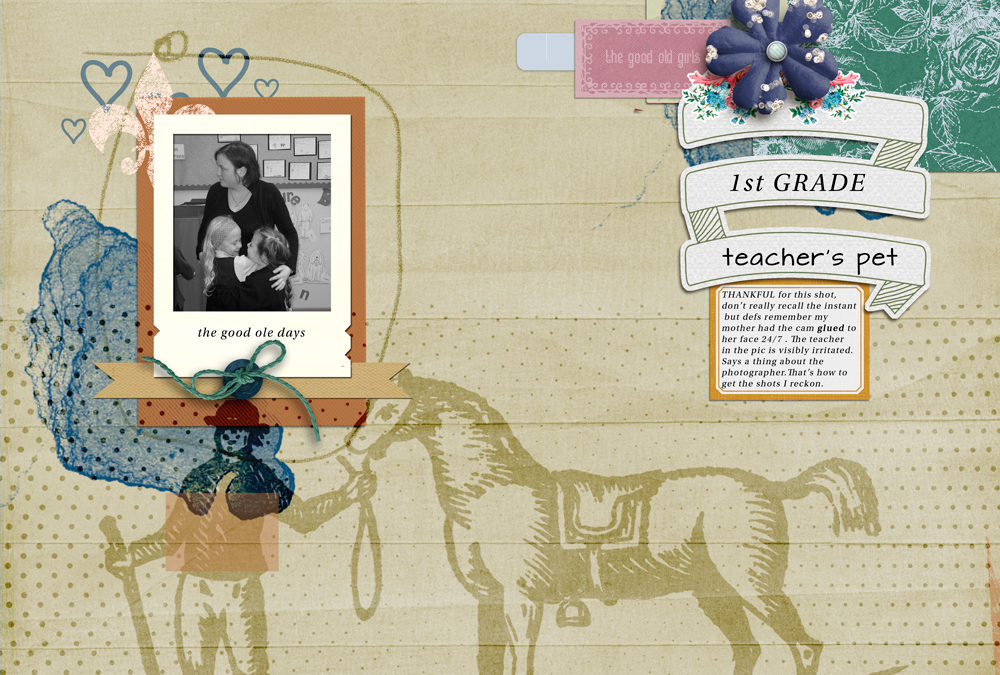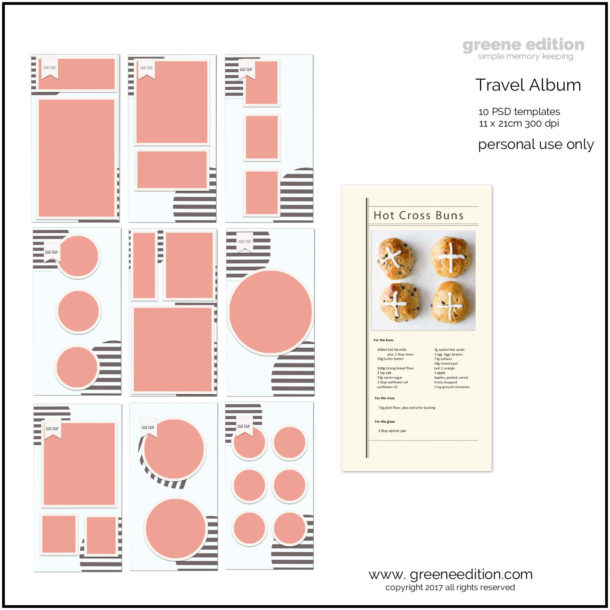Color Theory
Whether you’re looking to create a color palette for a new kit or you’re trying to decide which colors to use in your next layout, this guide will give you the knowledge and confidence you need to make the right choice.
1. The world of color: an introduction to color theory
2. The color wheel: a tool for understanding color
3. The basics of color mixing
4. Complementary colors and color harmony
5. Advanced color concepts: light, value, and shadow
1. The world of color: an introduction to color theory
Color is all around us, and it is one of the most important aspects of our lives. It can affect our moods, emotions, and even our health. But what is color theory?
Color theory is the study of color and its effects on humans. It looks at how colors are created, how they interact with each other, and how they affect our emotions and perceptions.
There are three primary colors: red, yellow, and blue. These are the colors that cannot be created by mixing any other colors together. All other colors are made by mixing these primary colors together in different proportions.
The color wheel is a tool that is used to help understand color theory. It is made up of the three primary colors, the three secondary colors (colors made by mixing two primary colors together), and the six tertiary colors (colors made by mixing a primary and a secondary color together).
Color has three main properties: hue, saturation, and value. Hue is the color itself, such as red, blue, or yellow. Saturation is the intensity of the color, or how “pure” the color is. Value is the lightness or darkness of the color.
Color can also be described using the terms warm and cool. Warm colors are typically those that are closer to the color red, such as orange and yellow. Cool colors are typically those that are closer to the color blue, such as green and blue.
Color theory can be used in a variety of different ways. It can be used to choose colors for your home, clothes, or even art. It can also be used to help create an atmosphere that is relaxing, energizing, or even enhances learning.
2. The color wheel: a tool for understanding color
The color wheel is a visual representation of how colors relate to one another. It can be a helpful tool for understanding the relationships between colors and for choosing colors that will work well together.
There are three primary colors: red, yellow, and blue. These are the colors that cannot be made by mixing other colors together. All other colors are made by mixing these primary colors together in different proportions.
The color wheel can be divided into warm colors and cool colors. Warm colors are those that tend to be nearer to red on the color wheel, such as orange and yellow. Cool colors are those that tend to be nearer to blue on the color wheel, such as green and purple.
There are also two additional colors that are sometimes added to the color wheel: black and white. Black is considered to be a color because it absorbs all light. White is considered to be a color because it reflects all light.
The color wheel can be a helpful tool for understanding color relationships and for choosing colors that will work well together.
3. The basics of color mixing
Color mixing is the process of combining two or more colors to create a new color. The basic principles of color mixing are the same whether you are mixing paint, crayons, or fabric dyes.
There are three primary colors: red, yellow, and blue. These are the colors that cannot be made by mixing other colors. All other colors are made by mixing different combinations of the primary colors.
When mixing colors, it is important to keep in mind that the result will be a different color than any of the colors you started with. For example, if you mix red and yellow, you will get orange. If you mix yellow and blue, you will get green. If you mix blue and red, you will get purple.
There are also secondary colors, which are made by mixing two primary colors. For example, orange is made by mixing red and yellow. Green is made by mixing yellow and blue. Purple is made by mixing blue and red.
In addition to the three primary colors, there are also three secondary colors: orange, green, and purple. These are the colors that are made by mixing two of the primary colors.
The basic principles of color mixing are the same whether you are mixing paint, crayons, or fabric dyes. However, there are some minor differences to keep in mind. For example, when mixing paint, you will usually get a more intense color if you mix two primary colors together than if you mix a primary color with a secondary color.
With fabric dyes, you can often get a more intense color by mixing two different shades of the same color together. For example, if you mix a light blue with a dark blue, you will usually get a more intense blue than if you mix a light blue with a light green.
Keep these basic principles of color mixing in mind and you will be able to create almost any color you can imagine!
4. Complementary colors and color harmony
Complementary colors are colors that are opposite each other on the color wheel. They are also known as contrasting colors or opposite colors. When used together, they can create a sense of balance and harmony in a design.
Color harmony is all about creating a pleasing and cohesive color scheme. There are many different ways to create color harmony, but one of the most popular is to use complementary colors.
When used together, complementary colors can create a sense of balance and harmony in a design. But it’s important to use them thoughtfully, as too much contrast can be overwhelming. A good rule of thumb is to use 60% of one color and 40% of the other.
For example, if you’re using blue and orange as your complementary colors, you could use 60% blue and 40% orange in your design. Or you could use 50% blue and 50% orange. It all depends on the look you’re going for.
Complementary colors can also be used to create depth and interest in a design. For example, you could use a light blue as your background color and a dark blue as your accent color. This would create a sense of depth and interest in your design.
So, when it comes to complementary colors, remember to use them thoughtfully and carefully to create a sense of balance and harmony in your design.
5. Advanced color concepts: light, value, and shadow
Color is light reflecting off of surfaces. The pigments in surfaces absorb some light waves and reflect others back to our eyes. The light waves that are reflected back to our eyes are what we see as color.
Color can be described in terms of its light properties: hue, value, and saturation.
Hue is the name we give to colors, like red, blue, or yellow. Value is how light or dark a color appears. Saturation is how pure a color appears. A color can be high in saturation, like a bright pink, or low in saturation, like a muted gray.
Shadow is the dark area created when an object blocks light. An object casts a shadow when light is blocked by that object. The shadow will be the same color as the object, but it will be darker because less light is reaching the surface.
The color of your shadow can also tell you something about the nature of the light that is casting it. If your shadow is red, then the light that is casting it is likely to be red as well. This is because red light is scattered more than other colors of light by the atmosphere. So, if you are in a location where there is a lot of red light, like near a fire, your shadow will likely be red.
Color is a tricky subject. There are a lot of rules and theory behind choosing the right colors, but sometimes the best way to figure out what works is to just experiment. This guide has given you a basic understanding of color theory, and with a little practice, you should be able to confidently choose colors that work well together.
Check out the other anniversary posts on the greene edition blog:
2nd anniversary: Memory Keeping Through the Ages
Simple Memory Keeping with the 6×6 Album 31 Days


